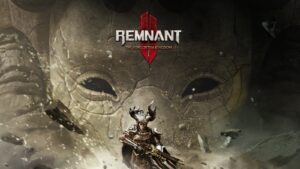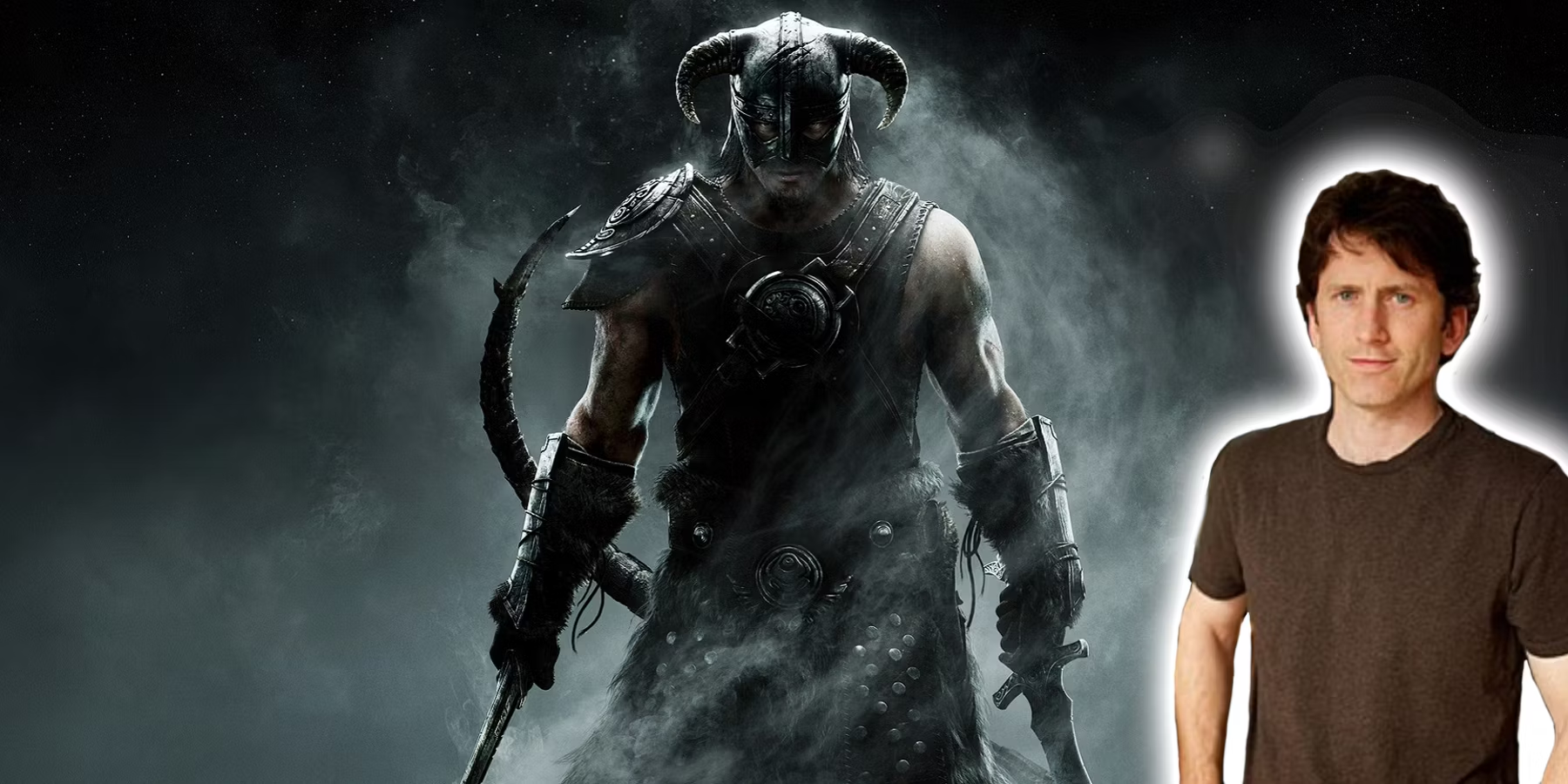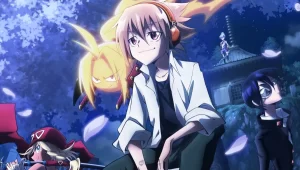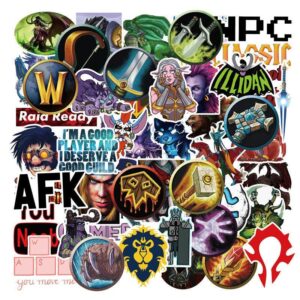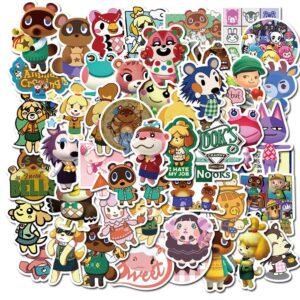Recently, I played three Bethesda games one right after the other. This wasn’t done intentionally; it just kind of happened. It took me this long to realize how important Bethesda is. As the final game’s credits rolled, I thought to myself “wow, this company can do almost no wrong.” It seems like they publish games for me and me alone. Some of my favorite games appear in Bethesda’s portfolio.
Now, just to clarify. Bethesda Softworks publishes the games, while Bethesda Game Studios develops them. Bethesda Softworks publishes many games, most of which are not developed by their in-house developer, Bethesda Game Studios. This is important to clarify because when I refer to the company I will be referring to the publisher, I.e. the parent company. “Save Player 1” perfectly exemplifies my life as a gamer.
Save Player 1
Bethesda recently revealed a marketing campaign titled “Save Player 1.” The campaign emphasizes the importance of single player games in a culture bogged down by relentless multiplayer experienced releases. As someone who throws up in their mouth at the phrase “games as a service,” this is extremely important to me. There is nothing wrong with playing a multiplayer game. There is nothing wrong with spending money on cosmetic micro-transactions or paying a monthly fee to subscribe to a game. My intention is not to demonize these types of games or players. Conversely, my intention is to explicitly describe the importance of single-player experience using some great examples (Bethesda games.)

My favorite thing about games sits in their escapist tendencies. I like to forget about things and immerse myself in a great story. Many people, myself included, treat games as books or movies. Typically, I read non-fiction and get my much-needed fiction from playing games. It’s still difficult for developers to create a multiplayer game with a great linear story. Much of a multiplayer game’s story is told in the form of lore. This really isn’t my cup of tea.
Elder Scrolls IV: Oblivion
I got my start on Bethesda with The Elder Scrolls IV: Oblivion. I’d play this game for hours, completely losing myself in its story. Although the game hasn’t aged very gracefully, I had never experienced anything like it. The story always kept me on my toes, and each quest-line had me begging for more. Years later I’d look back on some quests from Oblivion almost as folklore or a classic storybook narrative.
Fallout 3 and Fallout: New Vegas
The natural progression of Oblivion was Skyrim, but we’ll get to that later. First, let’s discuss two of my favorite games of all time: Fallout 3 and Fallout: New Vegas. As a young impressionable gamer, I put hundreds of hours into each game. I remembered how “cool” I thought the setting was. It took place in a post-apocalyptic alternative 1950’s America. The juxtaposition of optimistic 1950’s America and a nuclear fallout made for such a classic and memorable experience. Had this game been multiplayer, I don’t think many would have looked back at it honorably. The point of Fallout 3 and Fallout: New Vegas seemed to lie in its isolation. If there were a bunch of “Lone Wanderers” or “Couriers” walking around the world, it would have completely taken me out of it.
Elder Scrolls V: Skyrim
There really isn’t much to be said about Skyrim that hasn’t already been said a million times. The game took what Oblivion was and expanded on it drastically. Again, it features various quest-lines, formative decision-making, and beautiful and/or lonesome experiences.
Now, the game is re-released practically every other week. Since the game was released, I bought it on the PS3, PC, and the Switch. Why did I buy it so many times? I have no idea. Am I a sucker? Maybe. However, I would always prefer a company re-release or to port a previously released game rather than incorporating micro-transactions in order to make additional profit. Repetitively re-releasing a game is typically the modus operandi for popular single-player games.
Wolfenstein Series
Where DOOM strives in its combat, Wolfenstein strives in its narrative. If 20 years ago I said a Wolfenstein game could make me cry, I’d get laughed at (I guess I still might.) The recent Wolfenstein games (The New Order, The Old Blood, and The New Colossus) give us insight onto B.J. Blazkowicz which paints him as much a human that it does as a killing machine. Each game feels like a character study. For a game about killing Nazis, it has almost an unacceptable amount of heart.
Unlike “Doomguy,” the main protagonist in Wolfenstein is actually humanized. I don’t believe you can feel such a connection to a character in a multiplayer game. The player needs a linear experience in order to empathize more deeply with the protagonist. Said character needs to go from point a to point b in order for you to understand their intentions on a deep level. Playing as a character for 40+ hours and then reading lore about them won’t have the same effect as experiencing their struggles first-hand.
DOOM (2016)
Wow! DOOM was easily my favorite game of 2016. For some reason, when I finished it on the PS4, it didn’t really resonate with me. However, I couldn’t put it down when I picked it up on the Switch. The game runs worse on the Switch. It might not be as immersive due to the smaller screen, but this port allows you to blow off the heads of demons…. portably! I’d be fighting bosses, upgrading my gear and killing things from my bed’s comfort. Although a lot less narrative-heavy than recent games I discussed, this gem might be the most fun.
Although DOOM (2016) includes a multiplayer mode, it shines most brightly in its arcade-like action. In many ways it’s a pick-up-and-play kind of game. You don’t need to wait in a matchmaking lobby to kill some dudes. The game isn’t bogged down by never-ending loot. It takes what DOOM I and II were, and perfectly encapsulates them into a modern rendition. DOOM VFR brings all of this action to virtual reality. Virtual reality is by very definition is isolating.
Keep Single-Player Games Alive
I purposely neglected to mention the Evil Within games, and the Dishonored franchise as I have only finished one game of each franchise. Discussing them deeply could risk doing the games a massive disservice.
The gaming community is very diverse. I think as a company, it’s important to learn your demographic and market toward them. It seems Bethesda has found their niche, and boy are they capitalizing on it. The “Save Player 1” marketing campaign appeals directly to me; I am part of its demographic. It’s expertly done as not to seem condescending, but humorous.
Now, I’m not neglecting the fact that Bethesda has made mistakes (paid mods), but I am saying it’s important to see the good in the gaming industry. A consumer needs to find a company they like as to increase their quality gaming library. Additionally, it is important for companies to continuously release not only multiplayer games, but also single-player games. Don’t shoe-horn in a single-player campaign, and don’t shoe-horn in a multiplayer mode. Do one or the other expertly.





